Contact Details
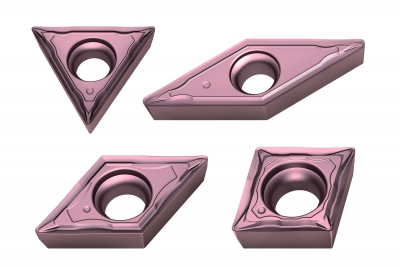
The new Cermet WEP10 indexable turning inserts from Walter deliver long tool life and high productivity. Their fine-grain titanium carbide substrate with Ni/Co binder produces a stable cutting edge. Combined with an extremely hard TiCN outer layer, this grade provides multiple advantages during finishing operations when compared to carbide inserts.
These advantages include increased tool life due to its high wear resistance, no necessity for readjustments, and maximum dimensional accuracy. In addition, Cermet WEP10’s FP4 soft-cutting insert geometry is suitable for finishing a range of different materials. The FP4 geometry, with its unique edge preparation is capable of yielding mirror finish surfaces at high or low cutting speeds. A variety of insert shapes are available.
Application areas for the new Walter Cermet WEP10 include finishing operations with continuous or slightly interrupted cut in steels, stainless steels and cast-iron workpieces. Targeted industries can be general metalworking, mechanical engineering, energy and the automotive industries.
Related Glossary Terms
- edge preparation
edge preparation
Conditioning of the cutting edge, such as a honing or chamfering, to make it stronger and less susceptible to chipping. A chamfer is a bevel on the tool’s cutting edge; the angle is measured from the cutting face downward and generally varies from 25° to 45°. Honing is the process of rounding or blunting the cutting edge with abrasives, either manually or mechanically.
- interrupted cut
interrupted cut
Cutting tool repeatedly enters and exits the work. Subjects tool to shock loading, making tool toughness, impact strength and flexibility vital. Closely associated with milling operations. See shock loading.
- metalworking
metalworking
Any manufacturing process in which metal is processed or machined such that the workpiece is given a new shape. Broadly defined, the term includes processes such as design and layout, heat-treating, material handling and inspection.
- stainless steels
stainless steels
Stainless steels possess high strength, heat resistance, excellent workability and erosion resistance. Four general classes have been developed to cover a range of mechanical and physical properties for particular applications. The four classes are: the austenitic types of the chromium-nickel-manganese 200 series and the chromium-nickel 300 series; the martensitic types of the chromium, hardenable 400 series; the chromium, nonhardenable 400-series ferritic types; and the precipitation-hardening type of chromium-nickel alloys with additional elements that are hardenable by solution treating and aging.
- titanium carbide ( TiC)
titanium carbide ( TiC)
Extremely hard material added to tungsten carbide to reduce cratering and built-up edge. Also used as a tool coating. See coated tools.
- titanium carbonitride ( TiCN)
titanium carbonitride ( TiCN)
Often used as a tool coating. See coated tools.
- turning
turning
Workpiece is held in a chuck, mounted on a face plate or secured between centers and rotated while a cutting tool, normally a single-point tool, is fed into it along its periphery or across its end or face. Takes the form of straight turning (cutting along the periphery of the workpiece); taper turning (creating a taper); step turning (turning different-size diameters on the same work); chamfering (beveling an edge or shoulder); facing (cutting on an end); turning threads (usually external but can be internal); roughing (high-volume metal removal); and finishing (final light cuts). Performed on lathes, turning centers, chucking machines, automatic screw machines and similar machines.
- wear resistance
wear resistance
Ability of the tool to withstand stresses that cause it to wear during cutting; an attribute linked to alloy composition, base material, thermal conditions, type of tooling and operation and other variables.

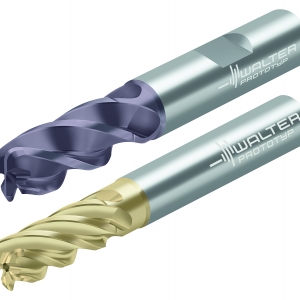
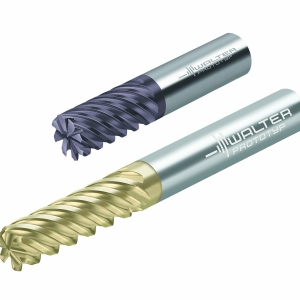
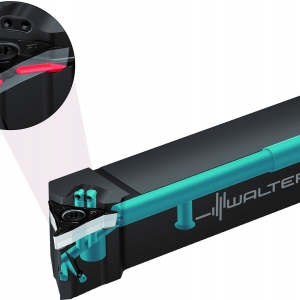
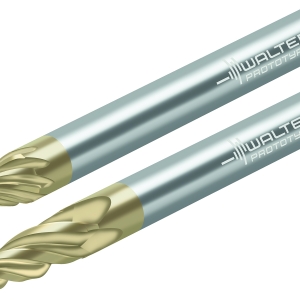
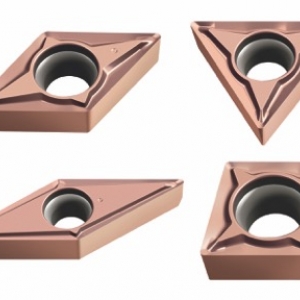
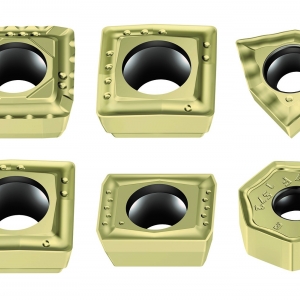
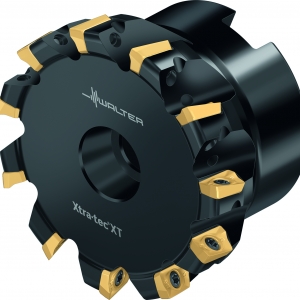



 PRODUCTS
PRODUCTS

